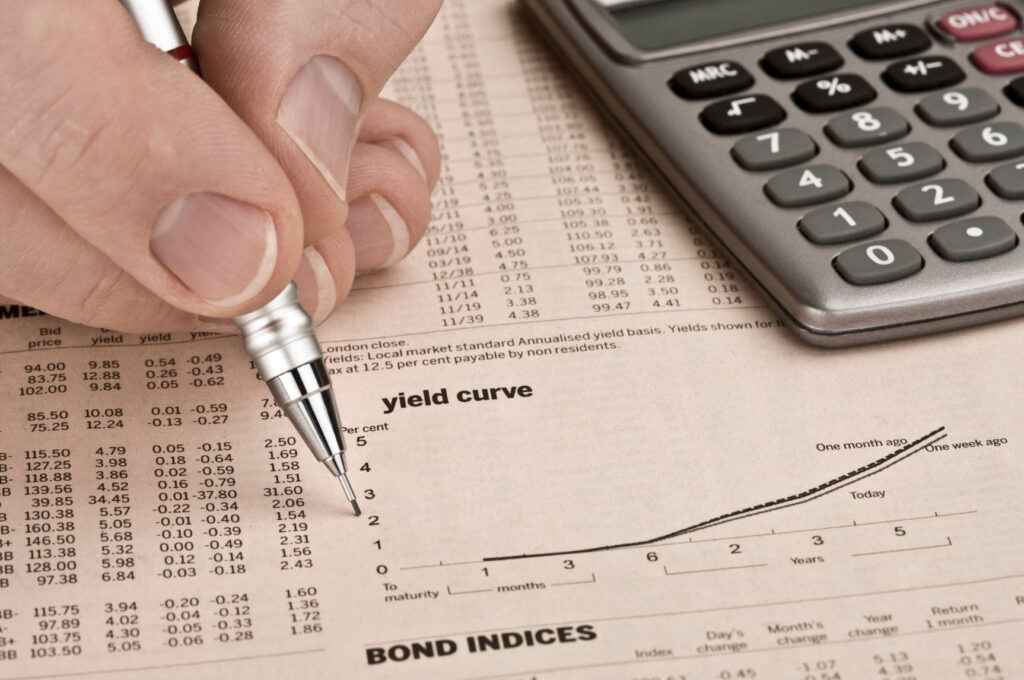Demystifying the Inverted Yield Curve Phenomenon
Have you ever wondered why investors are so obsessed with the inverted yield curve? Let’s dive into the world of finance and understand why this concept holds such significance in predicting economic trends.
What is the Yield Curve?
The yield curve reflects the difference between short-term and long-term bond yields. It provides insights into the bond market and the expected return on investment over time. By understanding the yield curve, investors gain valuable clues about the state of the economy and potential market trends. With a healthy yield curve, bonds that mature soon provide a lower interest rate than bonds that mature later to reflect the greater risk due to more bad things that could happen given more time reflected in the longer dated bond.
Key Factors Influencing the Yield Curve
The yield curve is influenced by various factors, including the Bank of Canada’s monetary policies, the Government of Canada’s fiscal policies, market demand for bonds, and overall economic conditions. For instance, the Bank of Canada’s actions to control inflation by raising interest rates to slow down borrowing can impact short-term bond yields, ultimately affecting the shape of the yield curve.

When investors think the economy is doing well, they take money out of longer term bonds and put their money to work in riskier type assets, like stocks. As they sell their bonds, bond prices fall as demand for bonds decrease which in turn, increases the bonds yield, as the price of a bond and the interest it pays is inversely related to each other. Alternatively, when investors get nervous about the economy, they start to sell their risk on assets, and buy more conservative investments, like bonds, and real estate, causing rates to drop and bond prices (and real estate prices) to rise.
Interpreting the Inverted Yield Curve
What causes the yield curve to change shape and invert, meaning, when the yield curve inverts, short-term bond yields go higher than long-term yields, it often serves as a warning sign for an impending recession. However, it’s crucial to note that the inverted yield curve is not foolproof and requires careful analysis in conjunction with other economic indicators. Yet historically, it is rare for a yield curve to invert and a recession not to follow.
Real-World Implications and Economic Forecasts
Investors and economists closely monitor the yield curve to gauge the economy’s health and make informed investment decisions. The dynamics of the yield curve, especially during periods of flattening or inversion, prompt strategic adjustments in asset allocation and risk management strategies.
Conclusion:
In conclusion, understanding the intricacies of the yield curve, particularly the implications of an inverted yield curve, equips investors with valuable insights for potential market downturns. It serves as a critical tool for assessing economic conditions and making informed investment decisions.












